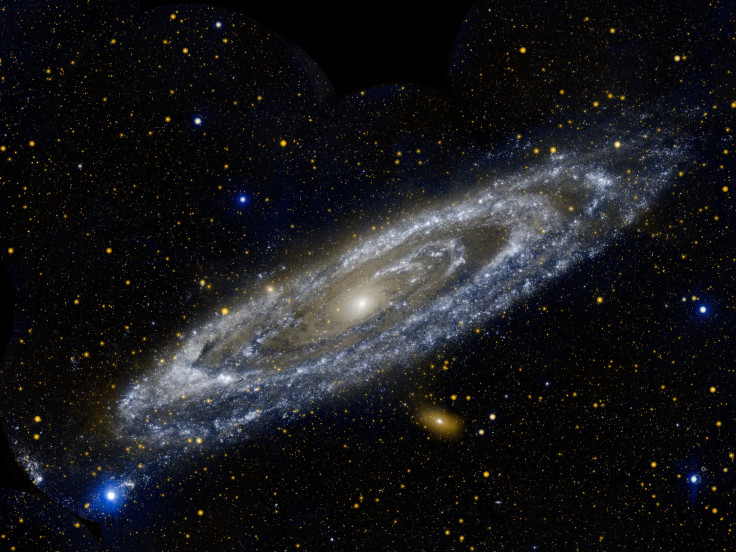Monster Galaxy Andromeda’s Cannibalistic Past Revealed

A team of astronomers from Australia discovered that Andromeda has been devouring galaxies billions of years ago. Since Andromeda is currently on a collision course with Milky Way, studying how it eats other galaxies will provide a deeper understanding of our galaxy’s own fate.
The astronomers were able to uncover Andromeda’s cannibalistic past after observing the clusters of stars around it. According to the astronomers, the clusters are the remnants of the smaller galaxies that Andromeda consumed billions of years ago.
“By tracing the faint remains of these smaller galaxies with embedded star clusters, we’ve been able to recreate the way Andromeda drew them in and ultimately enveloped them at different times,” Dr. Dougal Mackay of the Australian National University and co-author of the study said in a statement.
The astronomers noted that Andromeda may have started eating other galaxies about 10 billion years ago. Back then, the galaxy was still in its formative years. It is believed that Andromeda may have devoured at least two galaxies during this time.
According to Mackay and his team, the galaxies that Andromeda devoured came from various directions. For Mackay’s co-author Geraint Lewis from the Sydney Institute for Astronomy and University of Sydney School of Physics, this suggests that the universe’s web-like structure may have contributed to the massive galaxy’s cannibalistic actions.
“This is very weird and suggests that the extragalactic meals are fed from what’s known as the ‘cosmic web’ of matter that threads the universe,” Lewis said. “More surprising is the discovery that the direction of the ancient feeding is the same as the bizarre ‘plane of satellites,’ an unexpected alignment of dwarf galaxies orbiting Andromeda.”
As noted in previous reports, it seems Andromeda is not yet done with its galaxy binge-fest since it has already set its sights on Milky Way. According to scientists, Milky Way and Andromeda are expected to collide in four billion years.
Mackay noted that understanding how Andromeda devours galaxies will provide clues as to how Milky Way will fare against the monster galaxy.
“Knowing what kind of a monster our galaxy is up against is useful in finding out the Milky Way’s ultimate fate,” he said.
The findings of the astronomers were presented in a new study published in the journal Nature.
© Copyright IBTimes 2024. All rights reserved.





















